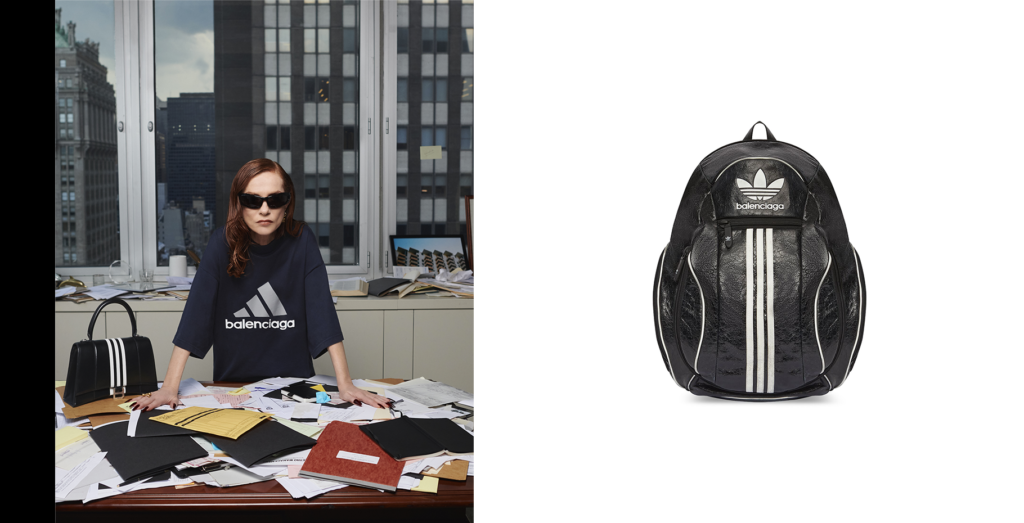
I love fashion week, the frenzy around, and all those moments that bring me closer to people, allow insiders to get to know each other and have a chat in a more relaxed atmosphere away from the pre fashion show agitation. I attended events that allowed me to talk live with real people, seen up close and not through the iPhone screen. We exchanged ideas on projects that we want to carry out together. It was beautiful, intense and inspiring! Here I will avoid talking about all the fashion shows on the calendar during the MFW: it would be a long, complex and now out of time job given that Paris Fashion Week is now underway. Instead, I feel like talking about the events that are created around the fashion shows. The mission of events such as White Show held in via Tortona in Milan from 24 to 27 February is to support talent and influence visual literacy to help shape a more ethical and inclusive visual world. To give resonance to those talents who have not yet had the space they deserve. White Show is more than a well organized event. It is a place where you have the opportunity to create genuine connections with unique personalities from different sectors, worlds and cultures. An incubator of rising stars with the desire to make their “know-how” known to the world. Among the talents with whom I had the honor of having a chat and that I want to mention, there are: Marzio Emilio Villa, born in Brazil and based in Milan, is a black-indigenous photographer and artist who captured the highlights of White Show. The visual research of him offers a perspective to re read his past, often focusing on social inequality.
Riz Poli French designer who through his creations wants to express the independent image of the woman, whoever she is or wants to be. The brand’s philosophy comes from Pablo Neruda’s poem “Ode to bread” and is the same that guides the way she selects simple and natural materials and the way she works to create her style. Lieke Pansters is a Dutch designer who has gradually abandoned the traditional fashion designer path to devote herself to the art of weaving and hand weaving techniques applied to fashion and interior design. Lieke wondered about the rhythms of the production chain which have now become anachronistic. Starting from here, you began a research on the origins of creative processes that led first to the rediscovery of an ancient technique and then to learning about its many applications. The goal is to restore value to the creation time of a finished product, making it truly sustainable. The pieces of the collection are a hymn to imperfection as they are all hand woven and therefore unique from each other. Another name that I am pleased to mention is that of Pavlina Jauss, a German designer specialized in avant garde fashion with a focus on the theme of sustainability and fair trade. The high quality materials are produced at the studio in Hamburg, while the knitwear is made by a family owned knitwear factory in Bulgaria, Pavlina’s birthplace. Summing up, I can say that the offer of talent met at White was vast and far exceeded my expectations. I met a very close knit community that has incorporated the most important contemporary themes into their work, primarily that of inclusiveness.
w o r d s l u d o v i c a m i c c i o
t r a n s l a t i o n e u g e n i a b o o k





























